Introduction
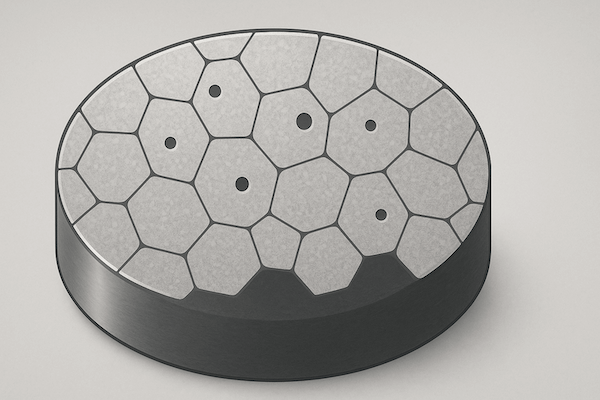
Porosity is a critical concept in materials science, especially when it comes to high-performance materials like tungsten carbide (WC) used in industrial tools. Though often overlooked, porosity plays a significant role in determining the mechanical strength, wear resistance, and overall reliability of carbide tools. This article breaks down what porosity is, how it forms, why it matters, and how manufacturers manage it.
What Is Porosity?
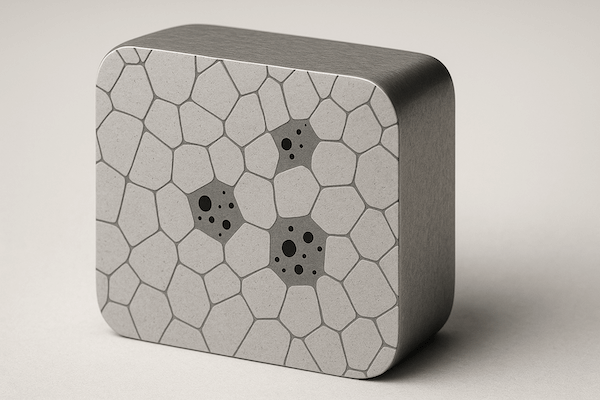
Porosity refers to the presence of tiny voids or pores within a material. These voids may be microscopic or visible to the naked eye, and they result from incomplete densification during the manufacturing process. In cemented carbides, porosity is the space that remains unfilled between tungsten carbide grains and binder metal, usually cobalt or nickel.
How Porosity Forms in Carbide Tools
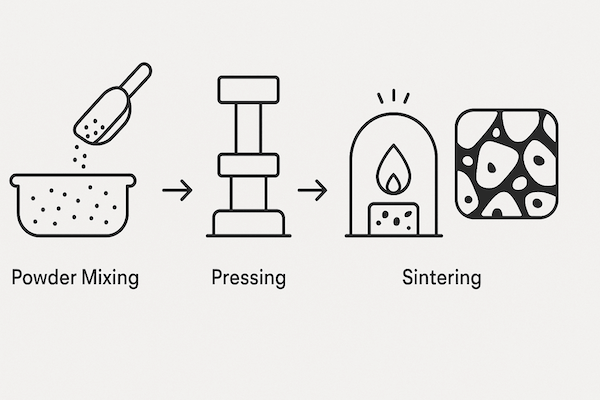
Tungsten carbide tools are typically made using powder metallurgy techniques that include powder mixing, compaction (pressing), and sintering. During sintering, high temperatures cause the metal binder to melt and bond the WC grains together. However, if the sintering conditions are suboptimal or if the raw material quality is poor, tiny pockets of air can remain—forming porosity.
Common causes of porosity include:
Incomplete binder wetting
Non-uniform powder distribution
Insufficient sintering temperature or time
Impurities in raw materials
Types of Porosity in Tungsten Carbide
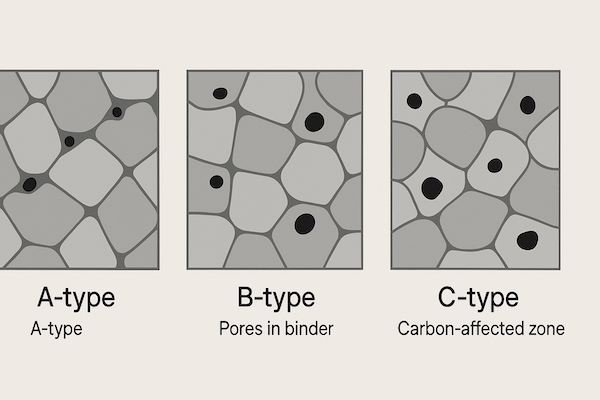
Porosity in cemented carbide is commonly categorized into three types:
A-type (Pores in the carbide phase): Caused by incomplete densification of WC grains.
B-type (Pores in the binder phase): Often due to gas entrapment or poor wetting.
C-type (Carbon-related porosity): Resulting from carbon imbalance, such as free carbon or eta-phase formation.
Each type can affect tool performance differently and is often graded using international standards such as ISO 4505.
Why Porosity Matters
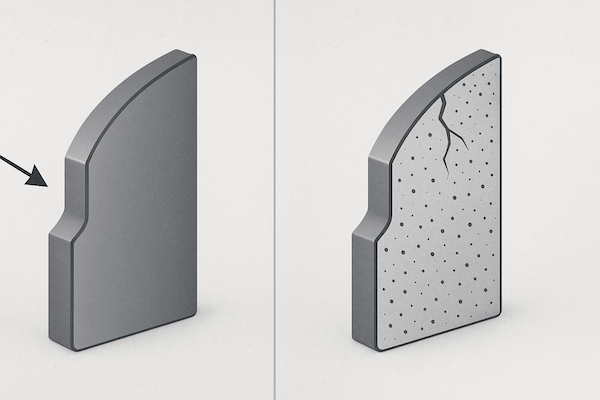
Porosity has a direct impact on the mechanical properties of tungsten carbide tools. High porosity levels can lead to:
Reduced hardness and strength
Premature fracture or chipping
Lower thermal and corrosion resistance
Unpredictable tool life
Even small differences in porosity can significantly affect how the tool performs under stress—especially in demanding applications like cutting, mining, or high-speed machining.
How Manufacturers Control Porosity
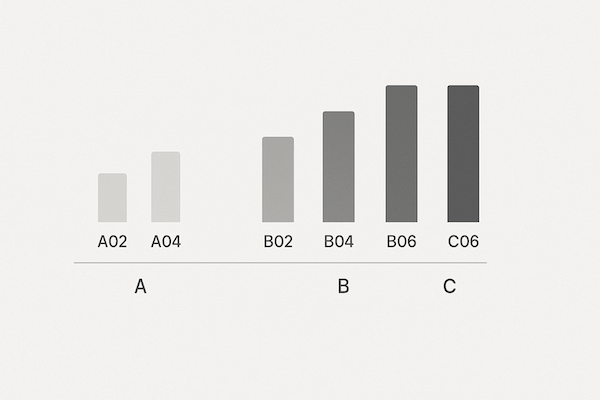
Controlling porosity is key to producing reliable carbide tools. Advanced carbide tools manufacturers adopt several techniques, including:
Vacuum or pressure sintering to improve densification
Hot Isostatic Pressing (HIP) to eliminate internal pores
Optimized powder granulation and mixing
Strict quality control and porosity grading standards
The goal is to achieve a uniform, dense microstructure that enhances tool durability and consistency.
Conclusion
Porosity may be invisible, but its effects are not. For tungsten carbide tools, understanding and controlling porosity is essential to ensure high performance, safety, and longevity. Whether you’re a toolmaker, engineer, or end-user, being aware of this hidden factor can lead to better material choices and improved product reliability.
